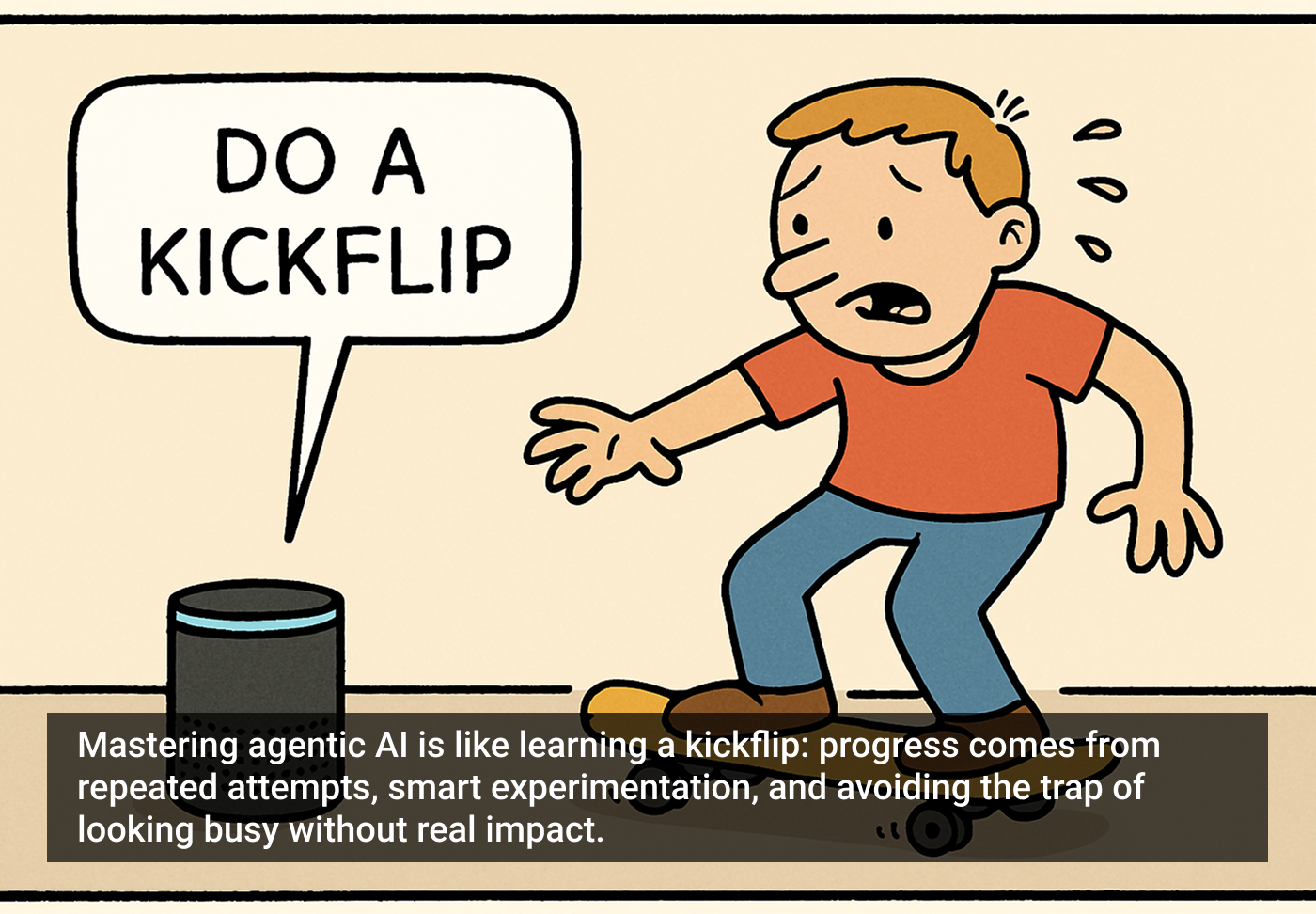When China began rolling out electric-vehicle (EV) highways – lanes equipped with built-in chargers and intelligent traffic controls – it wasn’t just a leap for transportation. It was a masterclass in how infrastructure can unlock velocity, safety, and scale1.
For those building the next generation of AI agent runtime environments, the message is clear: agents, like EVs, perform best when the environment around them is purpose-built for what they do.
Dedicated lanes for intelligent traffic
AI workloads today often share crowded digital highways with legacy software. Without dedicated lanes, they slow down, collide, and waste compute.
China’s EV roads show what happens when you redesign flow from the ground up1. The same principle applies to a mature AI agent runtime environment – a system where agents are designed, deployed, and orchestrated within purpose-built infrastructure2.
Speed, stability, and continuous charging
Speed and predictability
Dedicated EV lanes keep traffic steady and efficient. In AI systems, isolated execution lanes – via sandboxed containers or specialized hardware – give agents deterministic response times, critical for real-time tasks like fraud detection or supply-chain control.
Continuous “charging”
Embedded EV chargers let drivers top up without stopping. In AI runtimes, model caches, warm-start checkpoints, and fast state transfer act as charging stations for knowledge – allowing agents to refuel mid-operation instead of rebooting.
Safety and stability
Segregated EV traffic reduces accidents. Likewise, sandboxed runtimes prevent rogue agents from corrupting core services, improving reliability and compliance.
Scalable ecosystem growth
EV roads didn’t just move cars faster – they sparked entire industries: battery tech, predictive logistics, and infrastructure services. In parallel, standardized runtime layers attract developers, enabling marketplaces of reusable agents, plugins, and orchestration tools.
The runtime connection
As Robb Wilson, author of Age of Invisible Machines and founder of OneReach.ai, puts it:
“You can’t run tomorrow’s intelligence on yesterday’s infrastructure… AI needs the equivalent of power grids and traffic systems built for cognition.”
That infrastructure is no longer theoretical. Platforms like OneReach.ai – backed by UC Berkeley and forged through a decade of R&D – were among the first to address this missing link: creating a complete AI agent runtime environment.
Launched in 2019, long before today’s AI hype cycle, OneReach.ai introduced a unified environment for designing, training, testing, deploying, monitoring, and orchestrating intelligent agents at scale. It showed what happens when cognition gets its own operating system – an environment built for flow, safety, and adaptability.
This shift has direct implications for large language models (LLMs). As LLMs become the cognitive substrate for most agents, the limitations of prompt-in/prompt-out design are hitting a wall. Runtimes act as the connective tissue between LLM reasoning and real-world action – handling memory, state, context, and orchestration. Without dedicated runtime infrastructure, even the most advanced models remain siloed brains without nervous systems. The next generation of AI solutions and intelligent automations (agents or not) won’t just need more parameters – they’ll need better environments to think and act within.
This approach aligns with what AI First Principles describes as “optimizing the ratio of value per resource spent.” Purpose-built runtimes don’t just make agents faster – they make intelligence sustainable5.
The trade-offs of building lanes
Dedicated lanes don’t come cheap. Both EVs and AI runtimes demand up-front coordination, investment, and governance:
- Infrastructure Cost: EV lanes require national planning and civil works; AI runtimes demand enterprise-wide orchestration across TPUs, GPUs, or edge accelerators.
- Interoperability: EVs rely on shared charging standards; AI agents must share APIs across frameworks like LangChain, Autogen, and PyTorch.
- Utilization: Empty lanes waste energy; idle compute drains budgets. Adaptive scaling and intelligent scheduling are essential.
- Governance: Both infrastructures require clear rules for access, pricing, and safety – mirroring how AI runtimes need permissions, audit trails, and data-residency policies to ensure trust.
These considerations echo the advisory framing in the UX Magazine article “Beyond Spreadsheets: Why AI Agent Runtimes Are the Next Operating Layer,” which cautions that “95% of AI agent prototypes fail to reach production because organizations lack the infrastructure to manage them.”4
The road ahead for agentic infrastructure
China’s EV networks continue to evolve – experimenting with dynamic lane allocation and on-the-move charging1. Similar innovations are emerging in the runtime space:
- Dynamic Lane Allocation: Orchestrators that automatically expand or contract runtime capacity based on demand.
- On-the-Fly Charging: Continuous data and model updates that refresh the agent context without pausing execution.
- Hybrid Roads: Seamless transitions between dedicated hardware and cloud environments, preserving performance and state.
- Universal Charging Protocols: Open standards like a proposed AI Runtime Interface (ARI) that define how agents request compute, storage, or data refreshes.
- Eco-Efficiency Metrics: Dashboards tracking compute-per-inference or energy-per-decision, aligning AI infrastructure with sustainability goals.
Building your own lanes
Organizations can begin with these steps:
- Map the Traffic: Identify critical agent workflows that merit dedicated runtime lanes.
- Build Charging Stations: Deploy persistent model caches and low-latency data pipelines.
- Set the Rules: Create policies for access, permissions, and auditability.
- Automate Orchestration: Use schedulers that route agents to optimal compute lanes.
- Measure and Iterate: Track latency, cost, and energy metrics to refine continuously.
Takeaway
China’s EV-specific highways prove that purpose-built infrastructure accelerates innovation, efficiency, and safety. AI systems are no different.
By giving agents dedicated lanes, intelligent charging, and adaptive governance, organizations can unlock systemic acceleration – what UX Magazine contributor Josh Tyson calls “agentic infrastructure.”
The roadmap is clear: build the lanes, power the agents, and let intelligence flow.
References
- Ezell, S. (2024). How Innovative Is China in the Electric Vehicle and Battery Industries? (ITIF)
- UX Magazine (2025). “Understanding AI Agent Runtimes and Agent Frameworks.”
- Wilson, R. (2024). Age of Invisible Machines. Wiley.
- UX Magazine (2025). “Beyond Spreadsheets: Why AI Agent Runtimes Are the Next Operating Layer.”
- AI First Principles (2025). “AI First Principles Guide.”
- UX Magazine (2025). “The Frame, The Illusion, and The Brief.”
Featured image courtesy: AI-generated.








